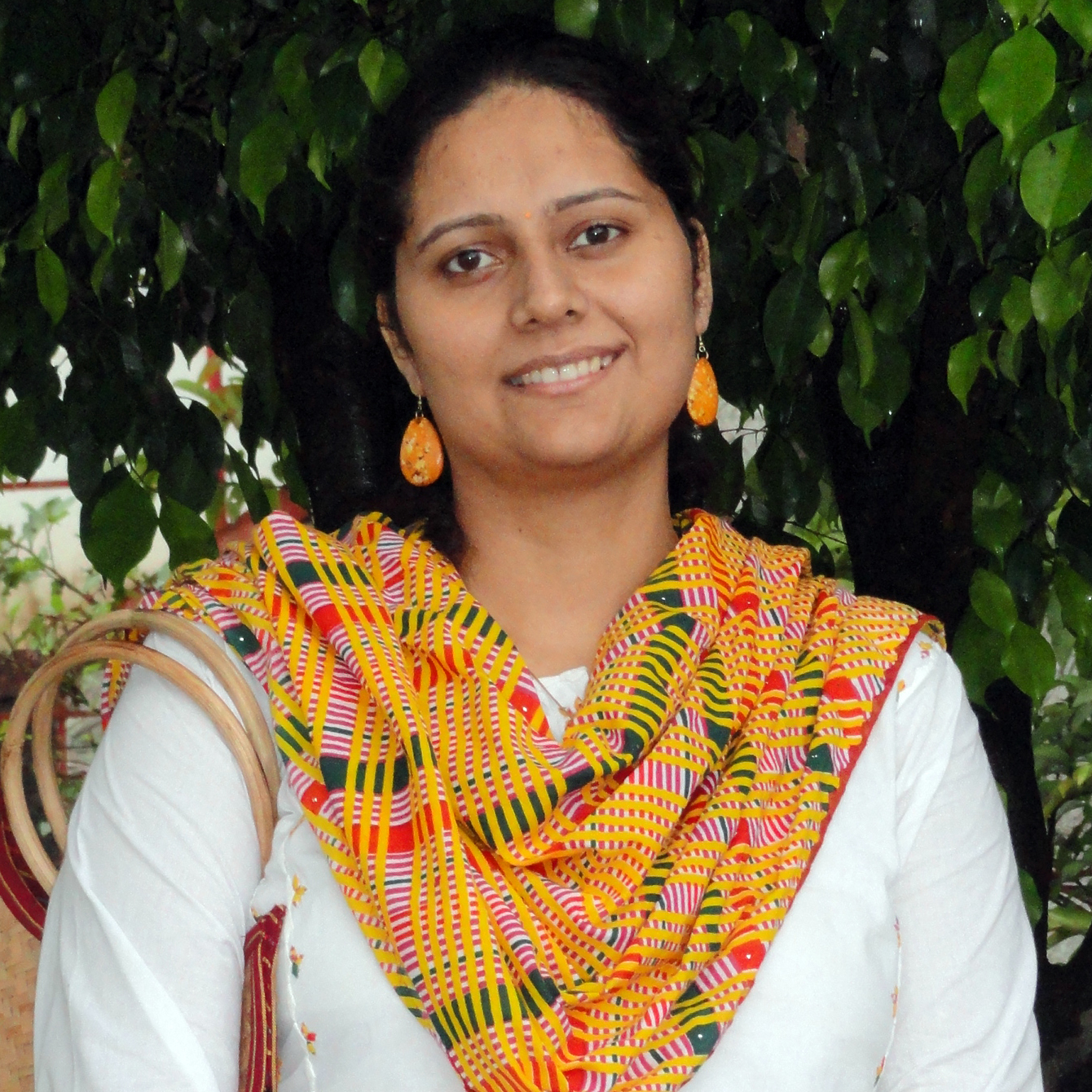“Dream, dream, dream. Dreams transform into thoughts and thoughts result in action.” – A. P. J. Abdul Kalam
Avul Pakir Jainulabdeen Abdul Kalam (15 October 1931 – 27 July 2015), the ‘Missile Man of India’ and a great visionary, was born in the small town of Tamil Nadu – “Rameshwaram”. He was one of the greatest Indian scientists and has also served as the 11th President of India.
The early life
A. P. J. Abdul Kalam was born to a Tamil Muslim family on Pamban Island in Rameswaram. His father was an Imam at a mosque and also owned a ferry. As a young boy, he sold newspapers to support his family.
Kalam was bright and laborious as a student with a special liking for mathematics. He did his schooling from Schwartz Higher Secondary School situated in Ramanathapuram. Later, in 1954, he did his graduation in physics from Saint Joseph’s College, Tiruchirappalli. In 1955, he enrolled in Madras Institute of Technology to pursue aerospace engineering. He dreamt of becoming a fighter pilot although he could not qualify for the position.
His Life as a Scientist
In 1960, he completed his studies from Madras Institute of Technology and started his career as a scientist at the Defence Research and Development Organization in the Aeronautical Development Establishment. In 1969, Kalam got associated with the Indian Space Research Organisation (ISRO) to work on India’s first Satellite Launch Vehicle (SLV-III) and launched the Rohini satellite in July 1980. Later, Kalam also developed the Polar Satellite Launch Vehicle (PSLV).
In the 1970s, he administered Project Devil and Project Valiant to develop ballistic missiles. He was the one who initiated an advanced missile programme and is thus known as the ‘Missile Man of India’.
He initiated the mission, named Integrated Guided Missile Development Programme (IGMDP) and was appointed as the chief executive. He developed various missile including Agni and Prithvi. Dr. Kalam also served as the Chief Scientific Adviser to the Prime Minister and Secretary of the DRDO from July 1992 to December 1999. The Pokhran-II nuclear tests were conducted during his tenure. He has also developed a stent along with cardiologist Soma Raju in 1998 and later in 2012, they developed a tablet computer for health care in rural areas.
Presidency and Later Life
Dr. Kalam served as the 11th President of India, succeeding K. R. Narayanan from 2002 to 2007. He was one of the most loved presidents and was fondly known as the People’s President. After leaving office, he became a visiting professor and honorary fellow at various institutes and kept imparting knowledge to the students.
Religion and spirituality played a crucial role in his life and he has summarized his spiritual journey in a book named ‘Transcendence: My Spiritual Experiences with Pramukh Swamiji’. Along with his faith in the Islamic practice, he also learned Sanskrit and read the Bhagavad Gita. Dr. Kalam also authored various books including the best selling “Ignited Minds: Unleashing the power within India” and many others.
He remained active till the very end. While delivering a lecture at the Indian Institute of Management, Shillong on July 27, 2015, he collapsed and was rushed to the Bethany Hospital. He was confirmed dead of a cardiac arrest at 7:45 PM.
Awards and Honors
Kalam received the Padma Bhushan in 1981 and the Padma Vibhushan in 1990. In 1997, Kalam received the Bharat Ratna award for his contribution to the defense technology. In 2013, he received the Von Braun Award from the National Space Society for his space-related project. He has received honorary doctorates from several universities.
On 27 July 2015, Kalam took his last breath and his soul departed while delivering a lecture at the Indian Institute of Management Shillong. Following his death, he received various honors. His birthday is now observed as Youth Renaissance Day by Tamil Nadu state government. On the 84th anniversary of Kalam’s birth (15 October 2015), postage stamps were released in his honor. Several educational institutions are also renamed in his honor.
A new bacterium discovered at the NASA Jet Propulsion Laboratory (JPL), was named ‘Solibacillus kalamii‘ to honor him. In September 2014, India and the US have launched a fellowship for post-doctoral research “The Fulbright-Kalam Climate Fellowship“.
In September 2015, Wheeler Island in Odisha was renamed Abdul Kalam Island and in August 2015, Aurangzeb Road in New Delhi was renamed to Dr. A. P. J. Abdul Kalam Road to honor the late president. Recently, In February 2018, the Botanical Survey of India named a plant species as ‘Drypetes kalamii‘, in his honor.
His contribution to the society is immense and can’t be sufficed in words. He strongly wanted to develop India into a superpower. He was a perfect example of a secular man who depicted the true ideology of India.
A. P. J. Abdul Kalam Birthday, Age, Family & Biography

Dr. Smita Kapoor is a freelance content writer for last 6 years with hands-on experience in academic writing, article writing, web content and market research reports. She was formerly associated with a CSIR institute as a senior research fellow and holds a doctorate degree.

